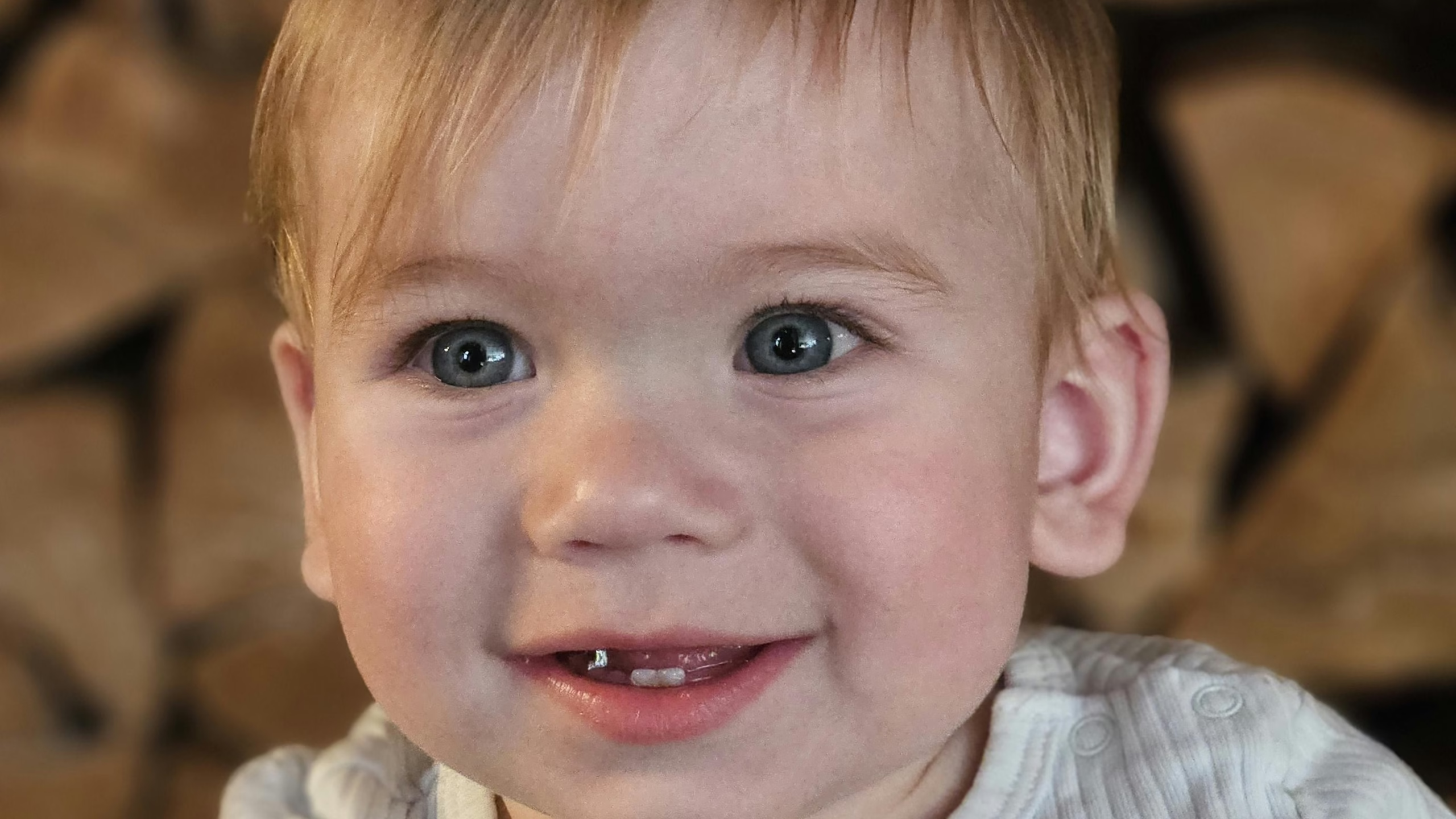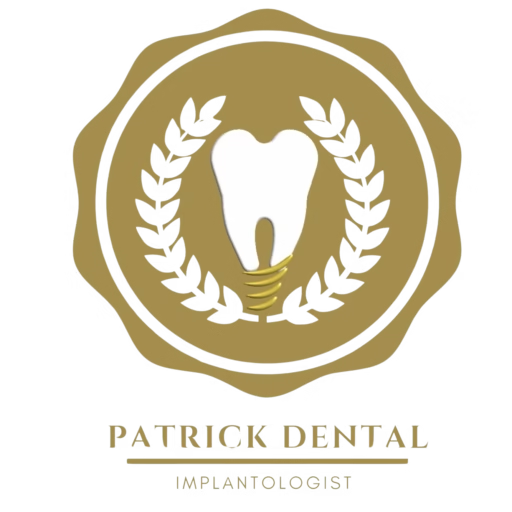
Which Baby Teeth Fall Out First? A Simple Guide for Parents
Every child looks forward to the day their first tooth becomes wobbly. It’s a small milestone, but also one that raises a lot of questions for parents. One of the most common is—which teeth fall out first? The process follows a natural order, and knowing what to expect can make it less of a surprise when that gap shows up in a smile
The Starting Point: Bottom Front Teeth
The first teeth to come loose and go are typically the lower central incisors, the two front teeth at the bottom. These are also the first teeth to erupt when a baby is six to ten months old, so it stands to reason that they’re also the first to go.
Next in Line: Top Front Teeth
Soon after, the upper central incisors—the visible front teeth—loosen. Kids lose these roughly at the same time they lose the bottom ones, which makes that adorable “toothless grin” phase many parents take pictures of.
The Side Players: Lateral Incisors
After the central incisors are lost, the next to go are the lateral incisors. They occupy either side of the front teeth, both top and bottom. They typically erupt around the age of seven or eight.
Larger Shifts: First Molars
Following the incisors, focus shifts to the molars. First molars tend to be lost between the ages of nine and eleven. This is when children begin to notice larger changes in their bite as permanent teeth replace them.
The Late Arrivals: Canines and Second Molars
Second molars and canines are the final baby teeth to be lost. They tend to remain in place until a child is between ten and twelve years old. Most of the primary teeth are replaced by permanent ones by the early teens.
Why the Order Remains the Same
This process is not by chance. Permanent teeth develop below the baby teeth, gradually pushing them out. The sequence ensures that new teeth come in with sufficient space. When baby teeth lose their positions too prematurely, or too late, this sometimes has consequences for alignment, and this is why frequent dental check-ups are advised during these development stages.
What Parents Can Do
It’s crucial that the gums and the other teeth are kept clean as new ones erupt. Regular brushing, a balanced diet, and regular dental checkups all assist in permanent teeth growing strong and straight. When a tooth fails to drop out after many years since the permanent one has begun to emerge, or when teeth fall out far earlier than anticipated, a dentist can be required to verify whether space is being left correctly.
Here at Dr. Patrick’s Dental Clinic In Pondicherry, we provide the finest pediatric care. Call or book an appointment with us today!
